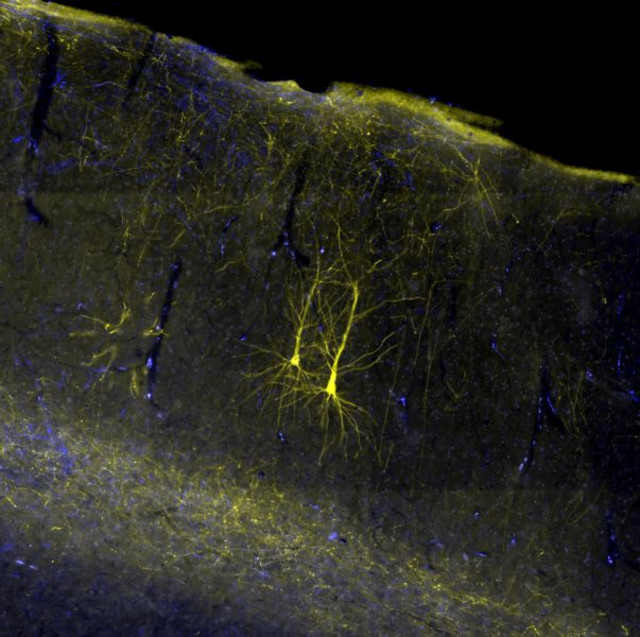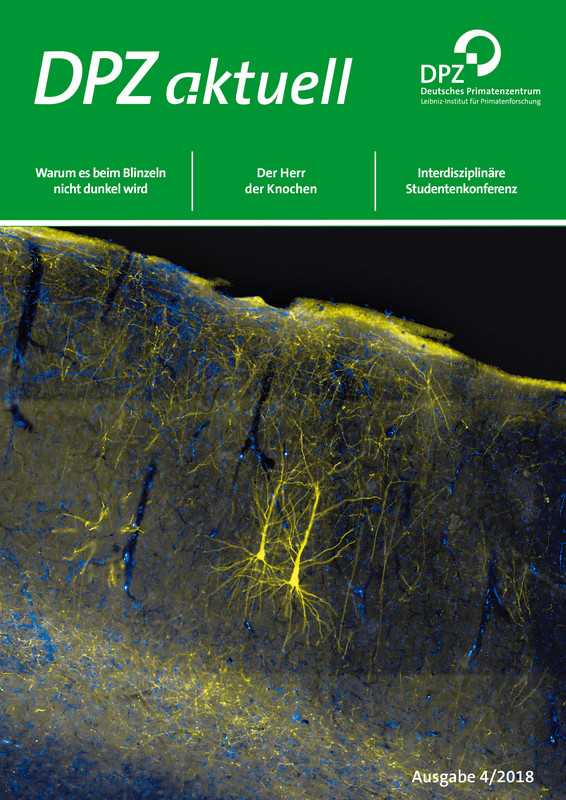DPZ aktuell published
To moisten our eyes, we close them every five seconds – we blink briefly. Nevertheless, it doesn't get dark abruptly. Neuroscientist Caspar Schwiedrzik and colleagues from the USA have investigated how our brain manages to maintain a stable picture of our environment. You can read what he found on page 9.
Sascha Knauf does research in a completely different field. Together with an international team of researchers, the scientist from the Infection Biology Unit has investigated monkeys in Africa suffering from yaws. Using genetic methods, he was able to prove that the pathogens that infect monkeys and humans are 99.9 percent similar. You can find out what this means for combating the disease on page 6.
The film "Jane", which tells the life of the world-famous chimpanzee researcher Jane Goodall, gave the Lumière arthouse cinema in Göttingen a sold-out performance. After the film screening, which was initiated by the ScienceCampus Primate Cognition, Julia Fischer, head of the Cognitive Ethology Laboratory at the DPZ, discussed with the guests about the research of free-living primates. Read more on page 22.
With the retirement of Franz-Josef Kaup, the Infection Pathology Unit was dissolved at the beginning of the year and transformed into the Pathology Service Unit, which will continue to diagnose primate diseases in the future. We took this as an opportunity to report in this issue on Wolfgang Henkel, the "Lord of the Bones", and the work of his colleagues in pathology (pages 25 to 27 and pages 32 to 33).
"DPZ aktuell" is published four times a year. The magazine can be subscribed to free of charge. If you are interested, you can find further information here. Of course, the magazine is also available in-house: You can find it at the reception or in the library.


